Picture this: you’ve just spent months developing the ultimate mobile app that you’re certain will revolutionize the industry. You’ve poured your heart and soul into this creation, tirelessly coding and testing every single feature. And then comes the big question: how are you going to make some cold hard cash from it?
That’s where mobile app monetization comes in. It’s the art of turning your app into a profitable venture, without turning off your users with a barrage of annoying ads or ludicrously high prices. You want to find that sweet spot where your users are happy to pay for the value your app provides, while you can still afford to pay your rent (and buy some avocado toast, of course). So buckle up, because we’re about to take you on a ride through the wild world of mobile app monetization
What is mobile app monetization?
Mobile app monetization is the process of earning revenue from a mobile application. It is actually a secret sauce that turns a labor of love into a profitable business. It involves implementing various strategies and techniques to generate income from the app’s users, such as advertising, in-app purchases, freemium models, subscriptions, or brand sponsorships.
You can say it’s like adding sprinkles on top of your ice cream – it makes everything sweeter. And let’s be honest, who doesn’t want a little extra cash in their pocket? Without effective mobile app monetization, even the most impressive apps can struggle to succeed.
Related: Best Mobile App Development tech stack in 2023
Why is mobile app monetization important?
Mobile app monetization is important for businesses because it allows them to turn their creations into a sustainable and profitable business. Without monetization, businesses may struggle to cover the costs of development and maintenance, let alone make a living from their work.
In the same way, mobile app monetization is important for making sure that users can get high-quality apps. When businesses can make a living from their apps, they are incentivized to invest more time and resources into creating and improving their products. This can then lead to better experiences for users and more creative and useful apps in general.
Overall, mobile app monetization plays a vital role in the app ecosystem, providing a way for businesses to deliver value to users.
Best Models: Mobile App Monetization Strategies
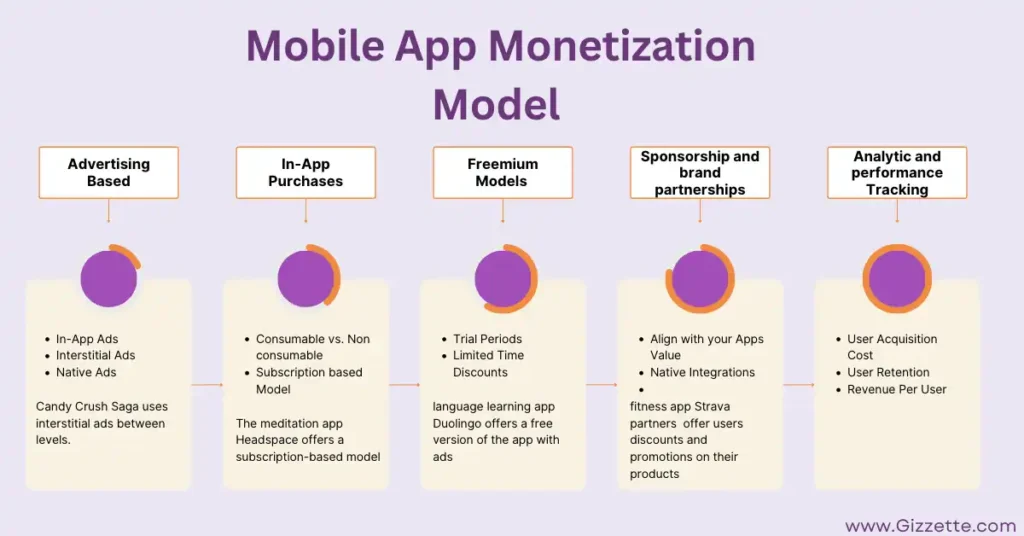
Mobile app monetization is all about finding the right strategy for your app, and there are several ways to do it. Here are some popular monetization models that you can use to turn your app into a cash cow:
1-Advertising-based monetization
This model involves showing ads to your users in your app, and you get paid each time someone interacts with an ad. This is one of the most common ways to monetize a mobile app. Here are a few ways to do it:.
In-App Ads
These are ads that are displayed within your app. You can choose from a variety of formats, such as banners, interstitials, or native ads. Just be careful not to go overboard and ruin the user experience!
Interstitial Ads
These ads appear at natural transition points in your app, such as between levels or after completing a task. They’re often full-screen and can be more effective than other types of ads.
Native Ads
These ads are designed to look and feel like a natural part of your app. They’re less intrusive than other types of ads and can be more effective in engaging users.
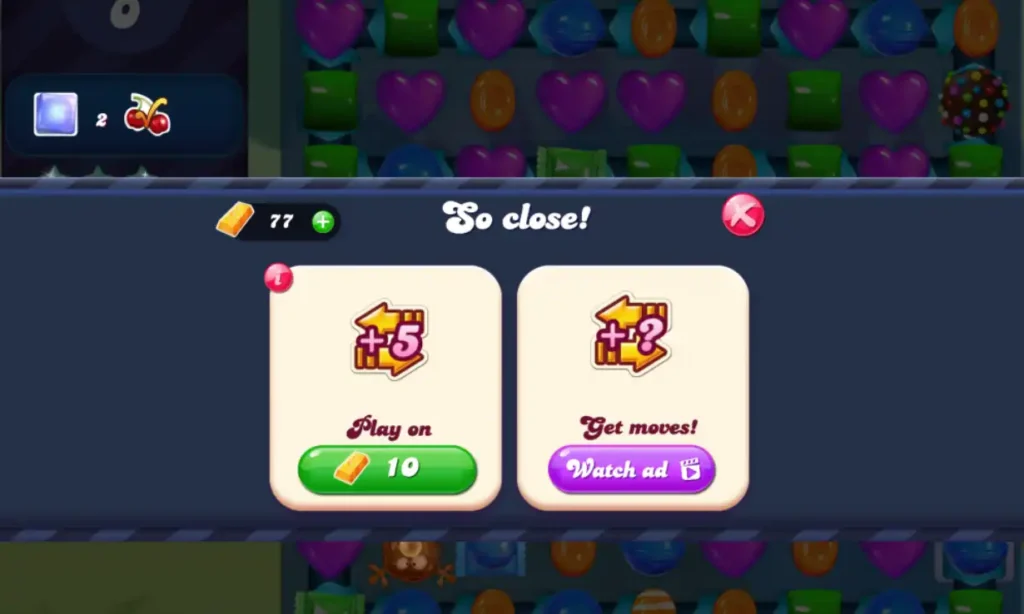
Example
Candy Crush Saga uses interstitial ads between levels, offering players extra lives or other bonuses if they watch the ad. This way, players get something in return for their attention, and King (the game’s developer) gets revenue from the advertisers. It’s a win-win!
2-In-app purchases
Another popular way to monetize your app is through in-app purchases. This model involves selling virtual goods or services within your app. Here are a few strategies to keep in mind:
Consumable vs. Non-Consumable
Consumable items are those that are used up and need to be purchased again, while non-consumable items are purchased once and never expire. Think about which type makes sense for your app.
Subscription-Based Models
If your app offers ongoing value to users, consider offering a subscription-based model. This can provide a more stable source of revenue than one-time purchases.
Example

The meditation app Headspace offers a subscription-based model, where users pay a monthly or yearly fee to access premium content and features. They also offer one-time purchases, like individual meditation sessions or courses. This way, users can try the app before committing to a subscription, and the app can still generate revenue from non-subscribers.
3-Freemium models
This model offers the basic version of the app for free, but charges for additional features or content. It’s a way to attract users to your app and then convert them into paying customers.
Here are a few tips to keep in mind:
Trial Periods
Give people a free trial period so they can try out the paid features before they buy.
Limited-Time Discounts
Offer discounts now and then to get people to buy the paid version of your app.
Example
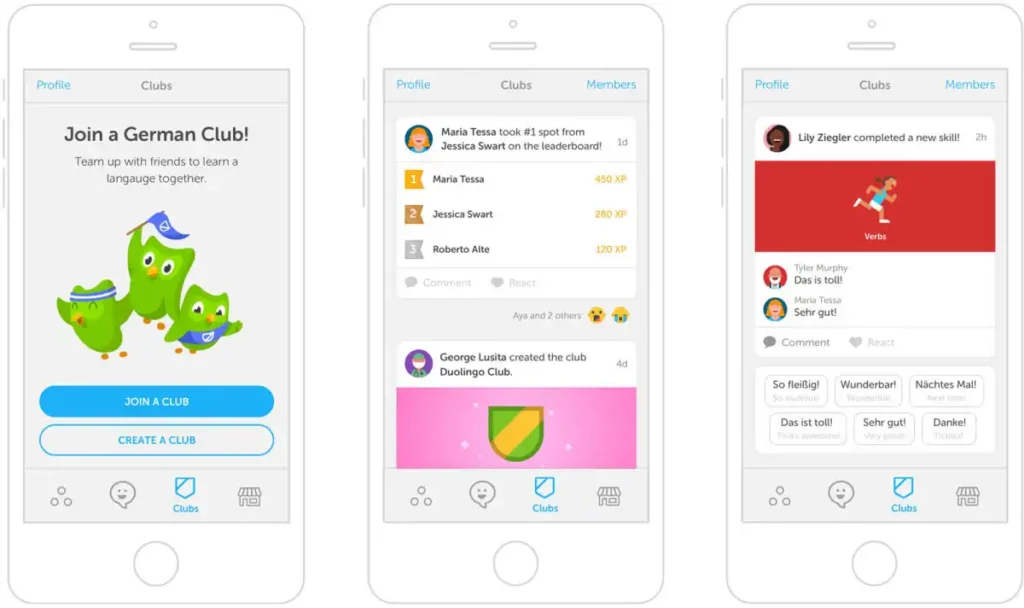
The language learning app Duolingo offers a free version of the app with ads, but also offers a premium version that removes ads and offers extra features like offline mode and progress tracking. This way, users can try the app for free and then upgrade if they want the full experience.
4-Sponsorship and brand partnerships
With this model, you work with brands or sponsors to put ads for their products in your app. It can include in-app branding, sponsored content, or product placements. Here are some tips to make it work:
Align with Your App’s Values
Make sure the brands you work with align with the values of your app and your user base.
Native Integration
Integrate brand partnerships in a way that feels natural and improves the user experience instead of taking away from it.
Example
The fitness app Strava partners with brands like New Balance and Suunto to offer users discounts and promotions on their products. They also offer branded challenges, where users can compete with each other for prizes and recognition. This way, Strava generates revenue from sponsorships while providing value to their users.
5-Analytics and Performance Tracking
Lastly, make sure you are keeping an eye on the right metrics to make sure your strategy for making money is working. Here are some key things to keep in mind:
User Acquisition Cost
Keep track of how much it costs to acquire new users, and how that compares to the revenue generated from those users.
User Retention
Keep track of how long users stay and what features or content keeps them interested.
Revenue Per User
Track how much revenue each user generates, and look for ways to increase that number over time.
With these monetization strategies in mind, you can turn your mobile app into a profitable venture that provides value to both you and your users.
Related: 9 benefits of mobile apps for your business you must need to know
Final Thoughts
Monetizing your mobile app can be a daunting task, but it’s a necessary one if you want to turn your app into a profitable venture. By implementing effective monetization strategies like in-app purchases, advertising, freemium models, and sponsorships, you can generate revenue while keeping your users happy and engaged.
Remember that the key to making money from mobile apps is to find the right balance between making money and improving the user experience. With these different monetization strategies, you can find the sweet spot that keeps your users engaged and happy, while also helping you earn some dough.


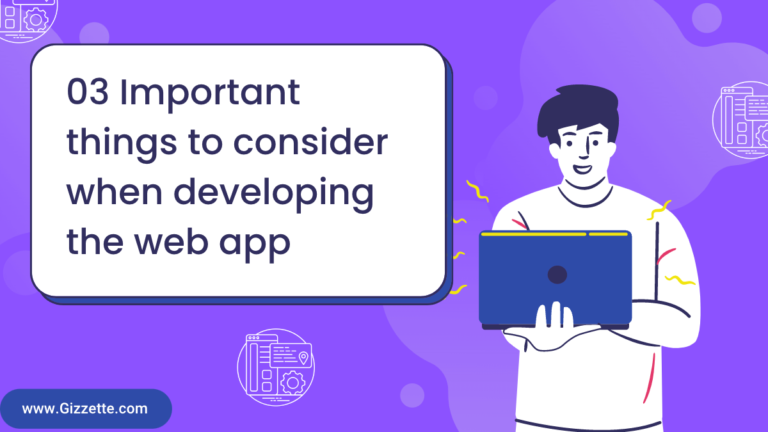
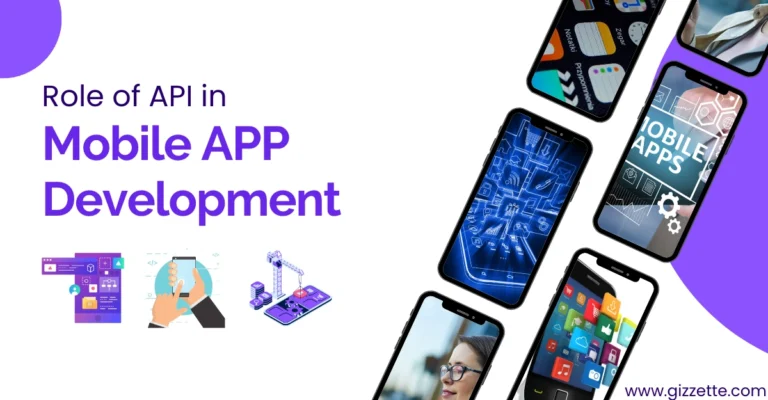


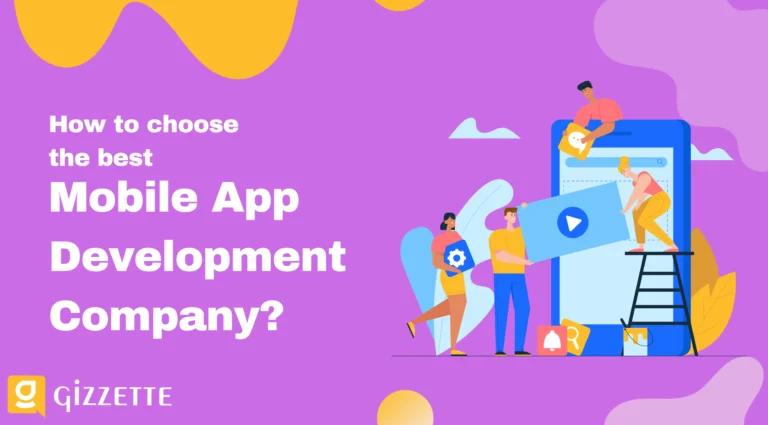

Leave a Comment